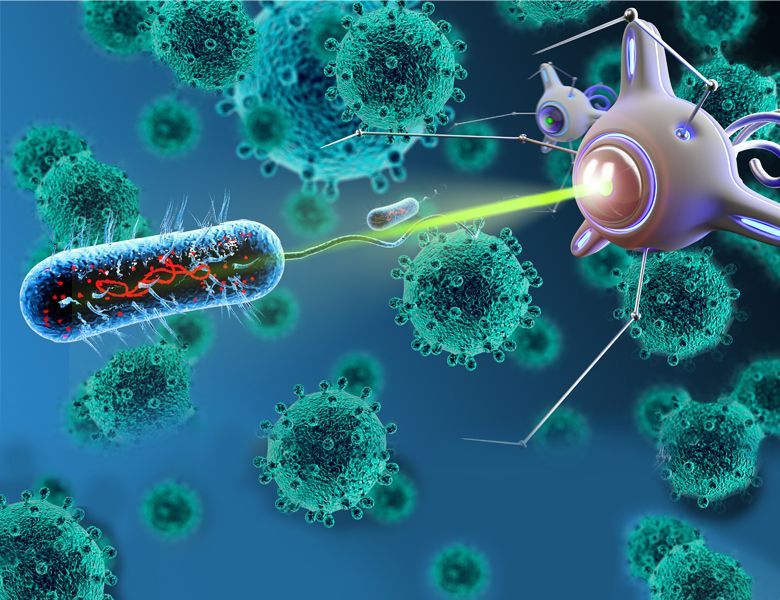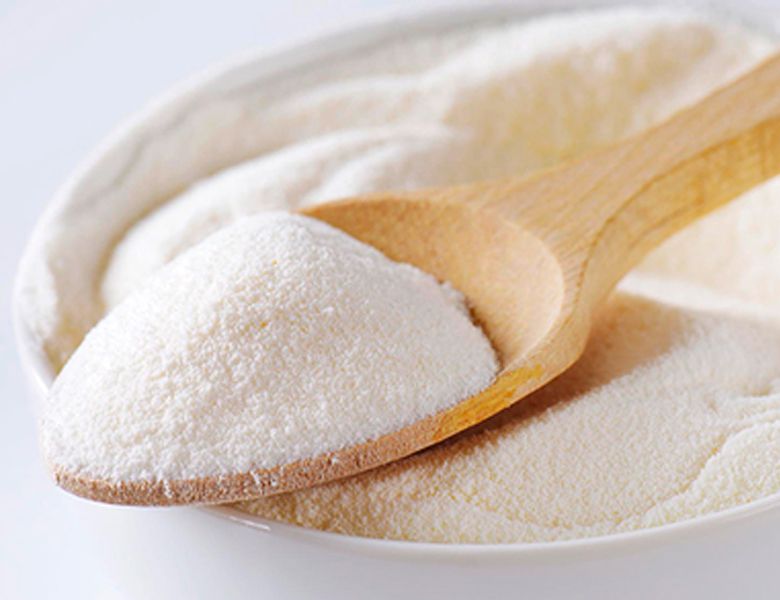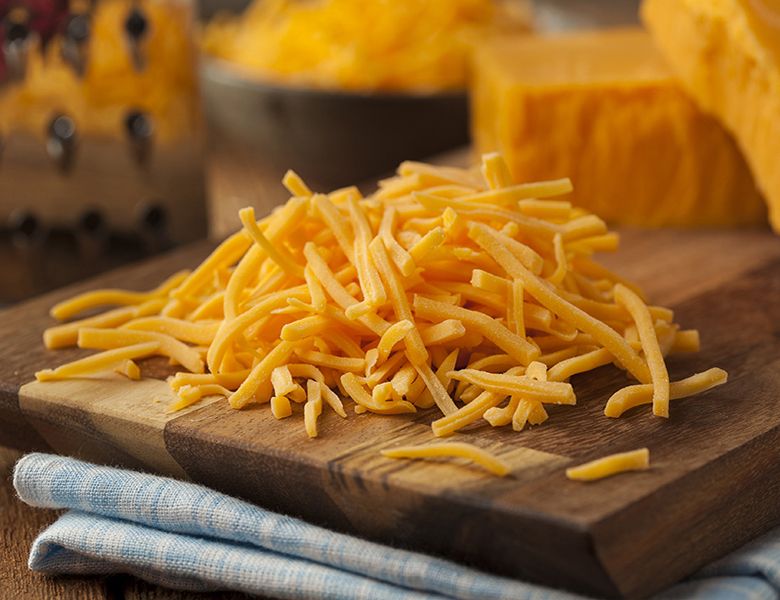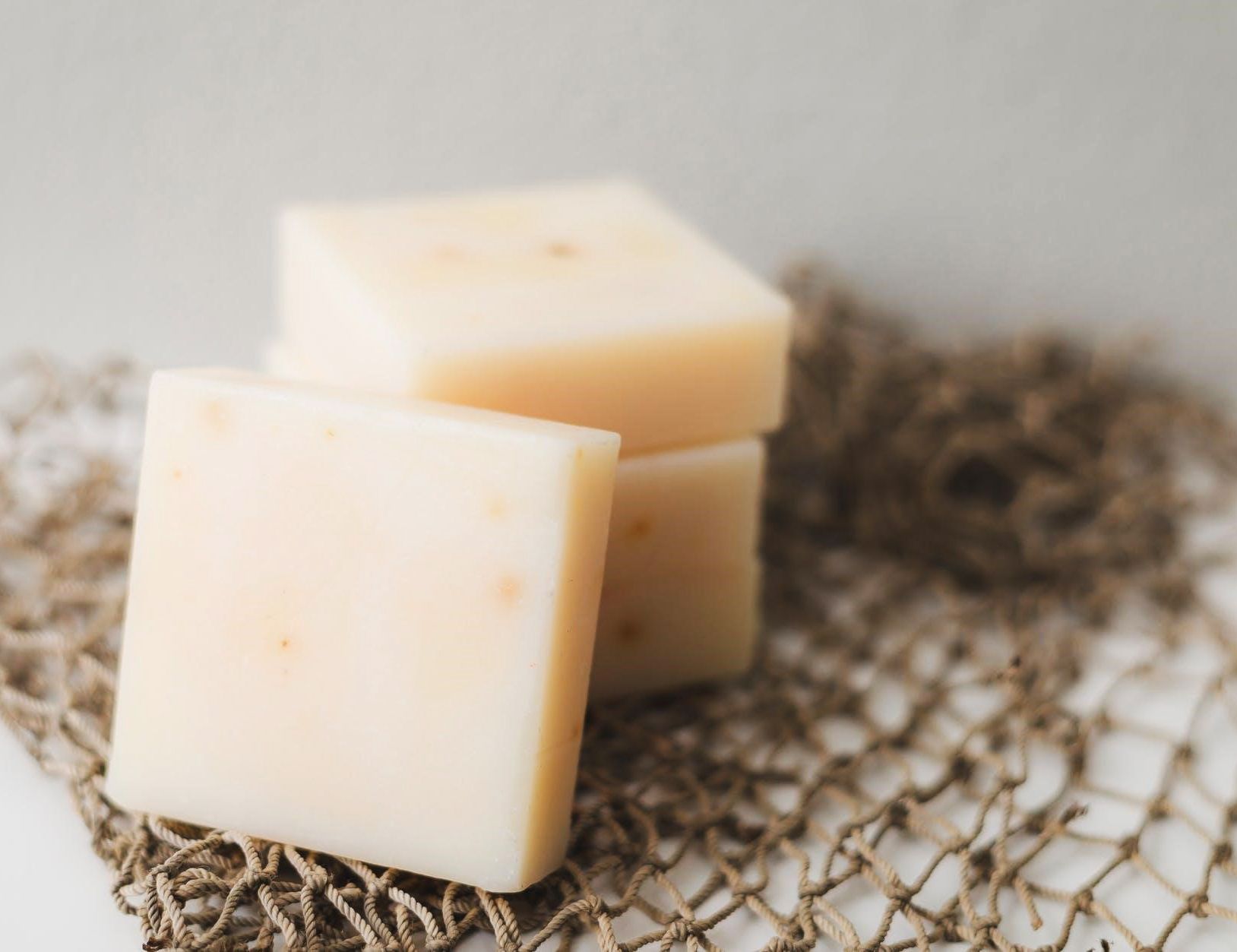Removing pathogens in dairy products via the nanotechnology process

- | آتاماد | News |
- 288
From causing indigestion in humans to being the leading cause of mastitis in cows, Staphylococcus aureus is behind major problems for dairies and consumers. This is because these bacteria produce staphylococcal enterotoxins that are not easily removed through routine hygiene procedures. In addition, Staphylococcus aureus can survive pasteurization and heat processes, and its presence in dairy products is problematic.
Now, researchers claim to have discovered a way to bind, isolate and remove S. aureus from dairy without adversely affecting the milk's microbiology. This solution is nanotechnology technology.
What is nanorobotics?
Between 1-100 nanometers in scale, nanorobots are microscopic organisms that can be powered by chemical fuels or energy sources such as light, ultrasound, or magnetic fields, performing a specific task, such as delivering medicine to a specific disease site via blood vessels or isolating a specific pathogen from liquids.
Extracting the bacteria
The University of Chemistry and Technology in Prague, with the help of a group of scientists, designed Magnetically- propelled nanobots called MagRobots, which were loaded with immunoglobulin-binding protein, Since, S. Auroaus produces immunoglobulin-binding proteins (ibp), the researchers expected this method would effectively identify the harmful bacteria as it would attach to the surface on the MagRobots for removal from the liquid.
Researchers placed the mega robots in a mixture containing E. coli bacteria (bacteria that do not produce ibp) along with S. aureus, to prove that the nanorobots do not attract other types of naturally occurring bacteria. As a result, S. aureus was only attached to nanobots’ surface.
Conclusion
Based on this study, the method can be developed to use in food industry and adapted to remove other bacteria producing IBP.
The cost of the motors used to propel the robots can also be "very low" since the MagRobots are based on iron oxides and polymers. It should also be noted that these MagRobots can enter hard-to-reach places in a milk factory and work wirelessly. Finally, they can remove bacteria and also specifically isolate S. aureus for their subsequent determination and quantification.
Reference:
https://doi.org/10.1002/smll.202205047
GET IN TOUCH
Copyright © 2023 Atamad.com All right reserved
Website design and SEO services by Seohama team – Web hosting by Sarverhama
Copyright © 2023 Atamad.com All right reserved
Website design and SEO services by Seohama team – Web hosting by Sarverhama








